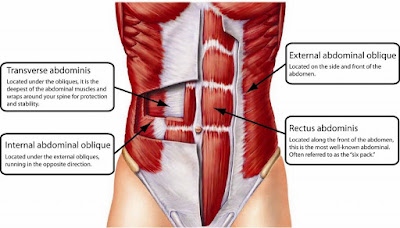Gaining weight and staying toned is just as challenging as losing weight and toning up. One of the most important things you have to do first is figure out what your calorie maintenance level is. You may or may not have heard that term refer to it as "caloric intake" or whatever else name someone decided to use. Nevertheless, it simply means is finding out the amount of calories it will take to maintain your current weight. That's important because in order to gain weight, you will have to exceed your calorie maintenance level and it's vice versa when it comes to losing weight. For the sake of this topic, I'm going to focus on gaining weight.
Obviously, there's a few ways in which you can find out what your calorie maintenance level is. You can search online and find an online calculator that can assist, visit your doctor or any nutritionist, or you manually calculate your calories. I can tell you from experience that performing it manually takes time and discipline and will pretty much be more accurate than any other option. You will have to write down all the calories you consume on a daily basis (both eating and drinking). You will have to be truly honest with yourself and if you fail to record every calorie, then it will be all on you.
So, if you don't have patience to do it manually and want to start right away, then click on the following link to get an estimate: https://www.bodybuilding.com/fun/macronutcal.htm
Be sure to select the muscle gainz option under the "Goal" section and fill out the rest of the requirements. Once completed, you will have an estimate calorie maintenance level and starting point.
If you choose the manual route, this is what you will have to consistently
do.
1. Eat the same number of calories each day for 3 weeks.
2. Weigh yourself at the end of the week (7 days) on an empty
stomach. For example, if you start on a Monday, then weigh yourself on
the following Monday. If it's a Thursday, then weigh yourself on the
following Thursday.
3. Write down your weight at the end of the week in your journal. Compare
your weight and monitor your results.
4. Adjust accordingly if needed.
If you found that your weight stayed the same, then you've found your
calorie maintenance level. All you will have to do is increase your calorie
intake from that number. For example, let's say that you weigh 160lbs and you found that your caloric intake was 2700 calories per day. What that's saying is that in order for you to maintain 160lbs, you will have to consume 2700 calories. For gaining weight, you would have to exceed 2700 calories per day. How much your body will gain depends on your physical activity. You would have to exceed that number and monitor and record your results. I would recommend
increasing your calorie intake between 250 - 500 extra calories a day and record your weight after 3 weeks. So, instead of 2,700 calories a day, your new caloric intake will be between 2,950 and 3,200 calories.
As far as numbers, gaining weight shouldn't be too much of an issue once you know what your caloric intake is. The challenge will be to do it in such a way to keep toned at the same time.
That will require a more in depth post which will come at a later date. For now, I'll provide you with an overall basic guideline to follow.
Consume foods that are high in protein
Foods that are high in protein support muscle growth and are important to help
you reach that toned or lean level.
Focus on consuming lean proteins such as fish,
turkey, skinless chicken, flank steak, lean ground beef or turkey for example.
Beans are very high in protein as well along with dairy
products.
Avoid foods that are very high in saturated fat.
If unable to get enough calories from food, look for a weight gainer protein that's low in sugar and fat.
If you've found this information helpful, feel free to share it on your social
media sites. Leave a comment or post your questions if you have any.
You can also follow and SUBSCRIBE to my YouTube channel by clicking on the link below for relevant videos about nutrition and fitness.
https://youtu.be/rS_DWJMmT24

